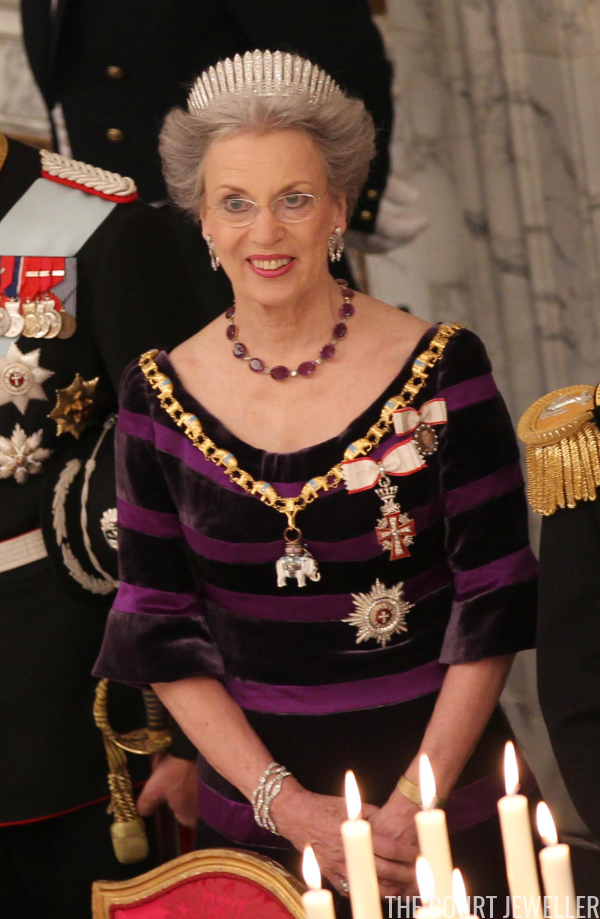 |
| Chris Jackson/Getty Images |
Grand Duchess Maria Alexandrovna’s Fringe Tiara
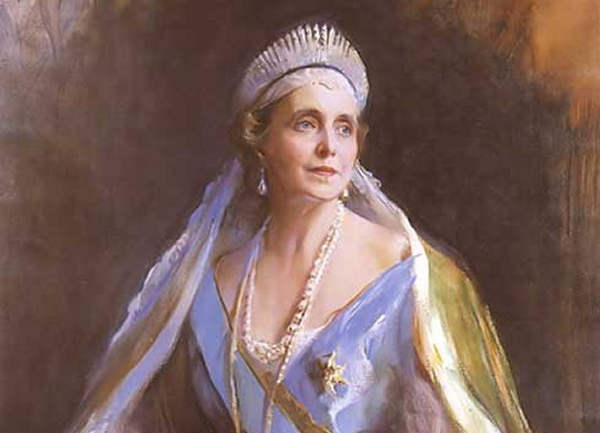 |
| Detail of Philip de Laszlo’s portrait of Queen Marie of Romania wearing her mother’s diamond fringe tiara, painted 1936 (Wikimedia Commons) |
When the Romanovs reigned in Russia, every grand duchess got a kokoshnik-style diamond fringe tiara as a part of her trousseau when she married. Think about how many Russian grand duchesses there were! No wonder there are so many of these hanging around in royal vaults, huh? But today we’re talking about one, Grand Duchess Maria Alexandrovna’s Fringe Tiara, that bounced from royal family to royal family before finally disappearing through the doors of an auction house.
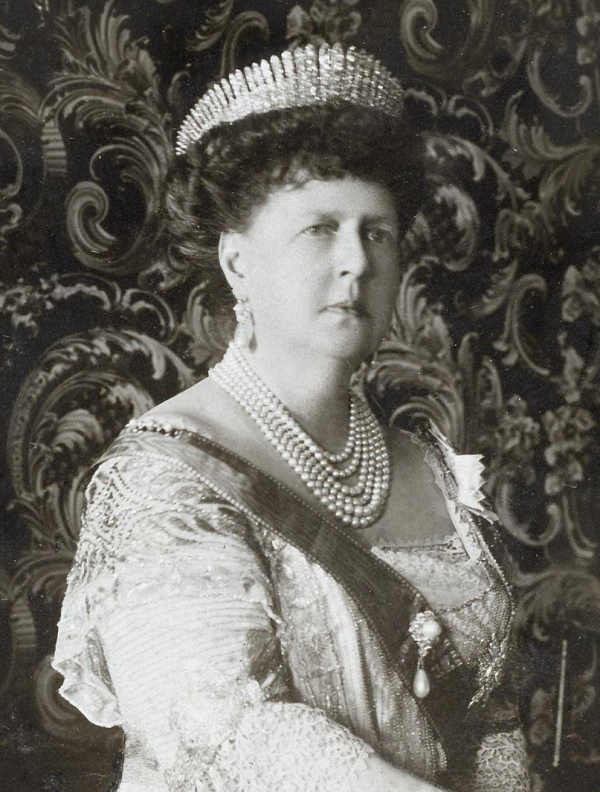 |
| Grand Duchess Maria Alexandronva, Duchess of Edinburgh and Duchess of Saxe-Coburg and Gotha, wears her diamond fringe tiara, ca. 1914 (Wikimedia Commons) |
This particular fringe was a gift from Tsar Alexander II of Russia to his daughter, Grand Duchess Maria Alexandrovna. The occasion: Maria’s marriage to one of the sons of Queen Victoria, Prince Alfred, Duke of Edinburgh (and later Duke of Saxe-Coburg and Gotha, too). When Maria and Alfred wed, the fringe tiara naturally went with her to England.
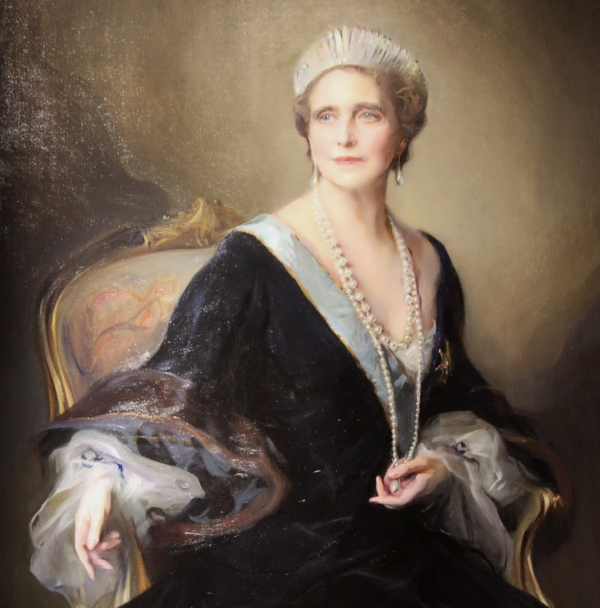 |
| Queen Marie of Romania wears her mother’s diamond fringe tiara in a portrait by Philip de Laszlo, painted in 1936 |
Maria and Alfred’s marriage produced one son, Prince Alfred, and a quartet of fascinating royal daughters: Princess Marie (“Missy,” who became Queen of Romania), Princess Victoria Melita (“Ducky,” who became the Grand Duchess of Hesse and by Rhine and then, later, a Russian grand duchess), Princess Alexandra (“Sandra”, who became the Princess of Hohenlohe-Langenburg), and Princess Beatrice (“Baby Bee,” who became a Spanish infanta and Duchess of Galliera). Although she was the youngest of the four, it was Baby Bee who eventually inherited the fringe.
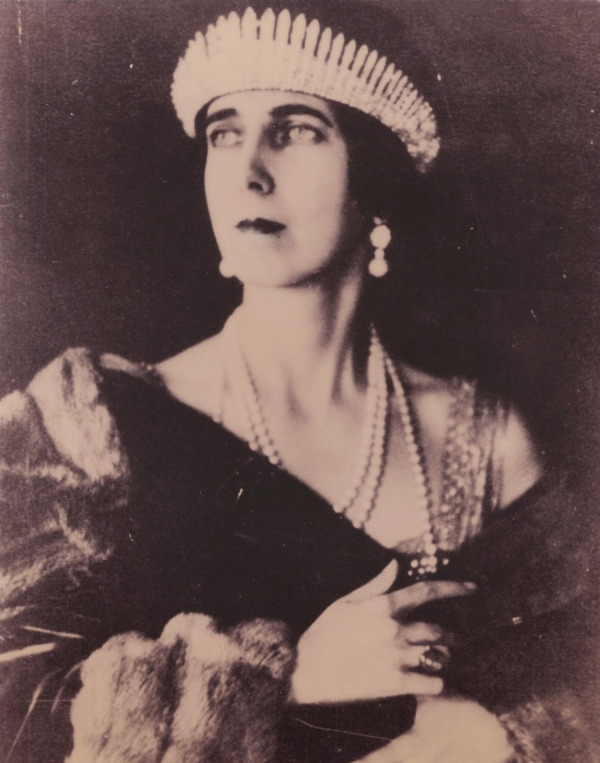 |
| Infanta Beatrice, Duchess of Galliera wears her mother’s diamond fringe tiara, placing it fashionably low across her forehead, in a portrait, ca. 1920s |
Beatrice wore the tiara during her marriage, which was marked by periods of time living in Spain and lengthy stretches of exile in other countries, including her native England. But the Spanish Civil War meant bad things for all of Spanish royals, and Beatrice ultimately decided to sell the diamond fringe, in part because she wanted to build a hospital for wounded soldiers.
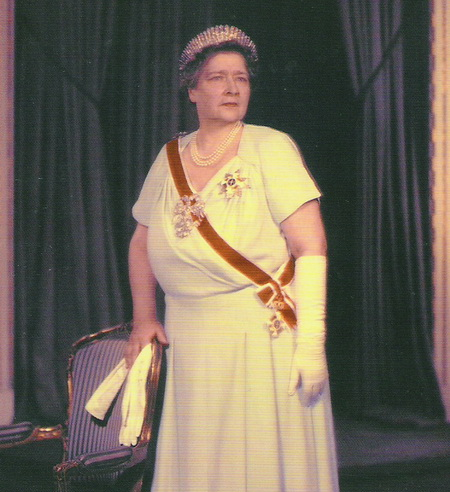 |
| Queen Maria of Yugoslavia wears her grandmother’s diamond fringe tiara in a portrait (Wikimedia Commons) |
But even then, the tiara stayed in the extended family. The buyer was her niece, Queen Maria of Yugoslavia (known as “Mignon”), a daughter of Beatrice’s eldest sister, Missy. (Mignon generously loaned the tiara to her mother on more than one occasion, and Missy was even painted in the tiara twice by Philip de Laszlo.) And then, just as they had for the Spanish royals, things took a turn for the worse for the Yugoslavian royal family, too. Mignon’s husband, King Alexander II, was assassinated, and she was eventually forced into exile with her son, King Peter II. In 1960, the tiara was sold by Sotheby’s, fetching £10,000. Its whereabouts today are apparently unknown.
The Daily Diadem: The Prussian Meander Kokoshnik
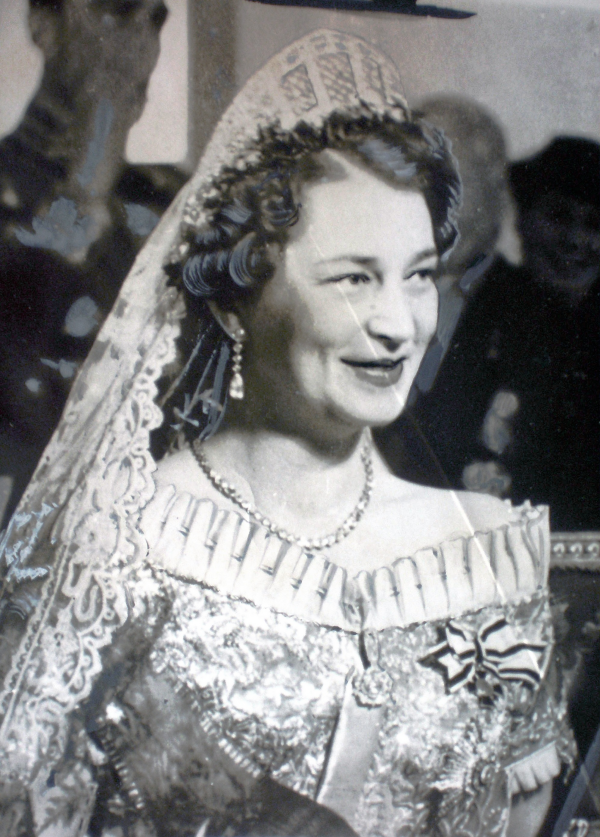 |
| Wikimedia Commons |
- « Previous Page
- 1
- …
- 52
- 53
- 54
- 55
- 56
- …
- 151
- Next Page »